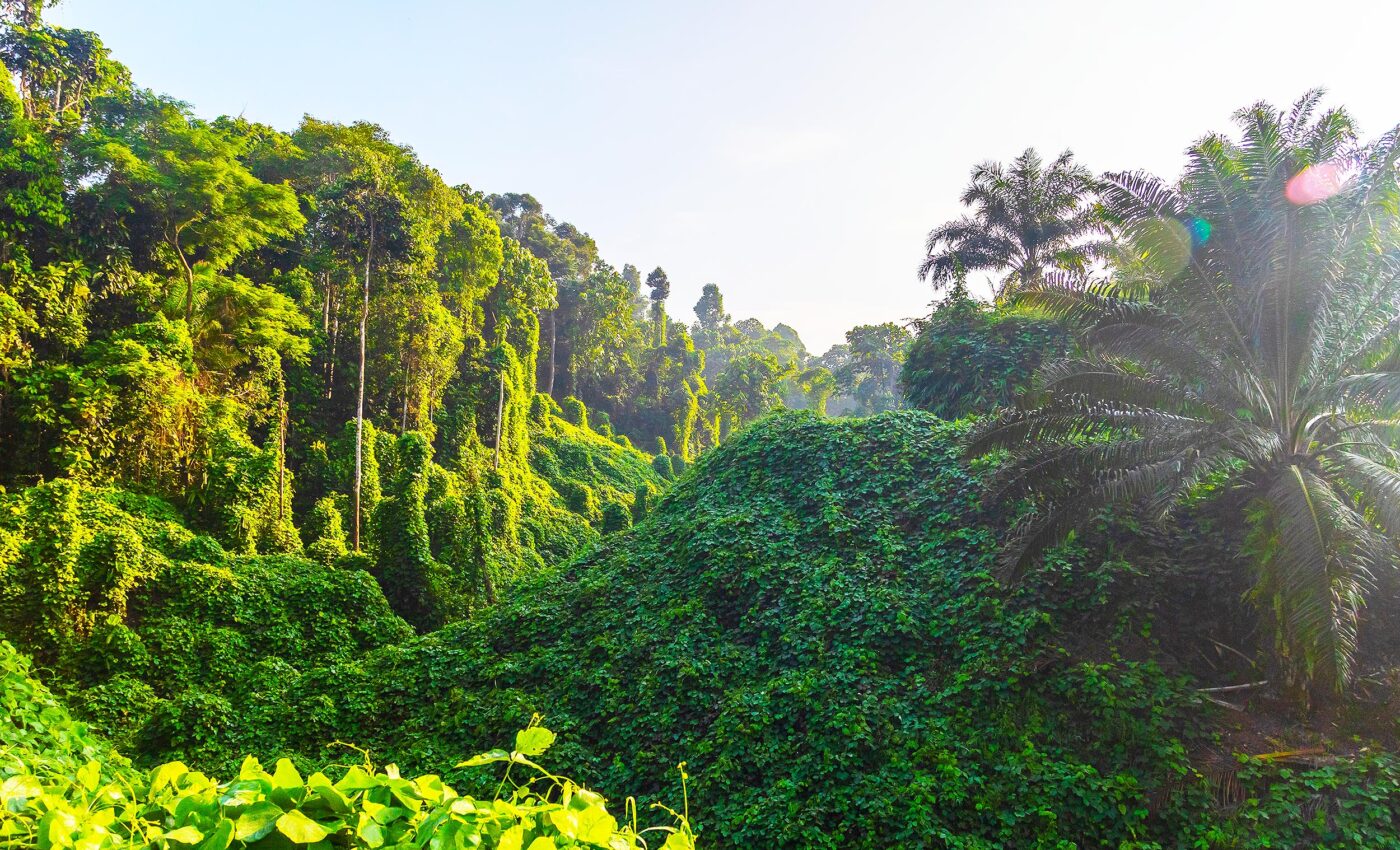
Tree diversity makes forests more resilient against storms
Recent research has unveiled a crucial link between tree species diversity in European forests and their resilience against storms.
This study, conducted by the French National Research Institute for Agriculture, Food and Environment (INRAE), marks a significant step in understanding how biodiversity impacts forest sustainability.
Diversity as a storm shield
The INRAE research team discovered that forests with a wide variety of tree species, especially those dominated by slow-growing, high-density wood species like oaks, show greater resistance to storm damage.
This resilience is especially critical under extreme weather conditions, which are becoming increasingly common due to climate change.
The Mediterranean region’s hot-dry climate and the cold-wet climate of northern Scandinavia were highlighted as areas where forests with higher tree diversity show remarkable endurance.
Studying storms and tree diversity
To reach these conclusions, the team employed advanced simulations, modeling the response of forests with varying characteristics to storm damage.
This approach allowed them to create a comprehensive picture of how different forest compositions, from the species-rich to the monocultural, respond to and recover from severe windstorms.
Europe’s recent history of frequent and intense windstorms poses a growing threat to its forests, which play a vital role in providing habitat, storing carbon, and supplying timber.
The findings of this study offer practical insights into how managing tree diversity can help forests adapt to mitigate the impacts of these increasing storm threats.
Dr. Julien Barrere, the lead author of the study from INRAE, emphasizes the study’s implications for forest management practices.
He points out that while monocultures of fast-growing species like pine might be economically advantageous, they are more prone to storm damage.
“In a context of increasing storm losses across the continent, our study therefore argues for forest management practices that promote diversity and slow-growing tree species such as oak,” he explains.
Modeling forest dynamics
The research team’s innovative approach involved simulating the dynamics of hundreds of forests post-storm, using data from over 91,000 real forest plots across Europe.
This model encompassed varying the climatic conditions, as well as the levels of tree diversity in forests.
Dr. Barrere elaborates, “This allowed us to quantify the relationship between forest composition and resilience to storm disturbance, and how this relationship changes along the European climatic gradient.”
While the model provides valuable insights, Dr. Barrere cautions that fieldwork is necessary to fully validate the findings.
He acknowledges the limitations of modeling studies, which, despite being essential for understanding long-term forest dynamics, must be complemented by empirical field studies.
In summary, this research by INRAE offers a new perspective on forest management in Europe, highlighting the importance of diversity and specific species selection in enhancing forest resilience.
As the world braces for more frequent and severe weather events, these findings could be pivotal in shaping future forest management strategies, ensuring the longevity and health of these crucial ecosystems.
The full study was published in the journal Functional Ecology.
—–
Like what you read? Subscribe to our newsletter for engaging articles, exclusive content, and the latest updates.
—–
Check us out on EarthSnap, a free app brought to you by Eric Ralls and Earth.com.
—–













